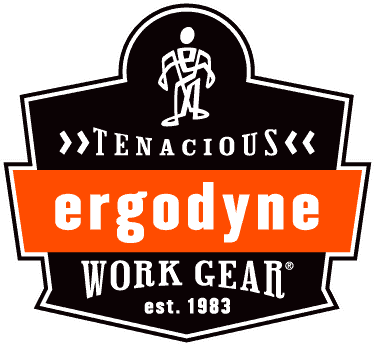The Essential Guide to Hard Hat Maintenance and Upkeep
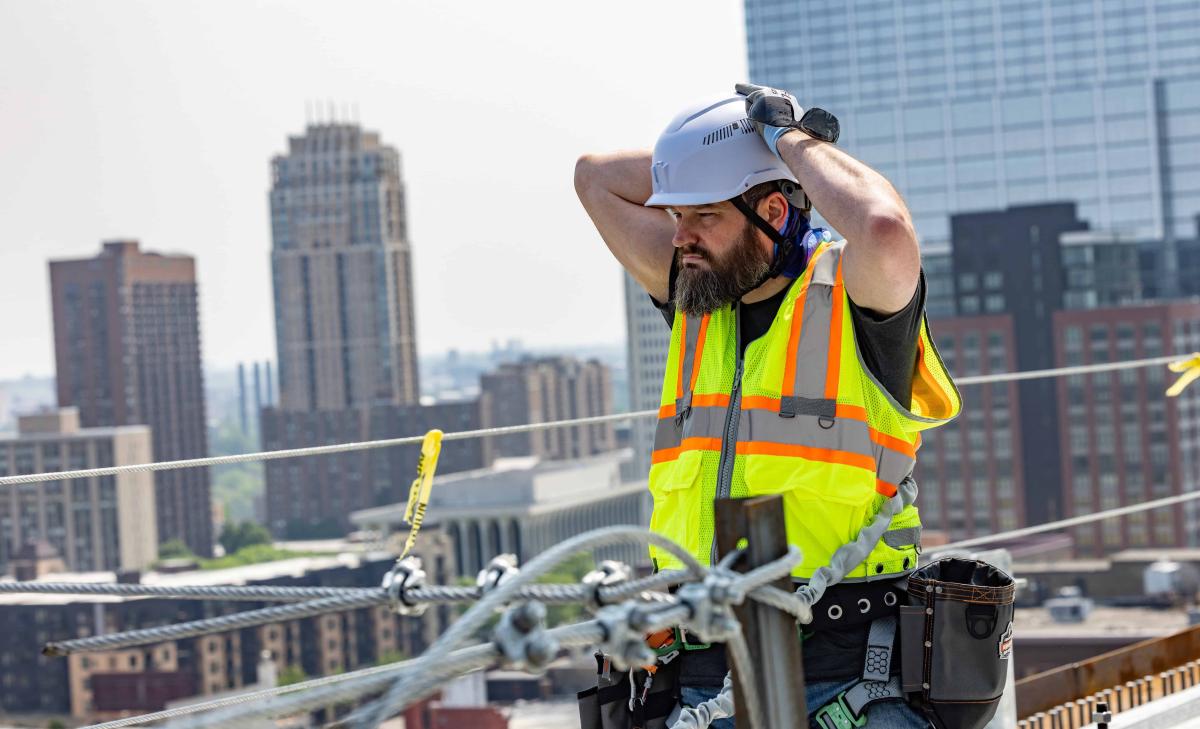
If your hard hat fails, it’s your skull on the line. In this guide, we’ll walk through how to inspect your hard hat, when to replace it, and the simple steps you can take to make sure it’s always ready to protect what matters most.
Hard hats are a crucial part of workplace safety, protecting workers from falling objects, electrical hazards and impact injuries. Despite their durability, hard hats aren’t indestructible—regular inspection and proper maintenance are key to ensuring they provide the protection you need.
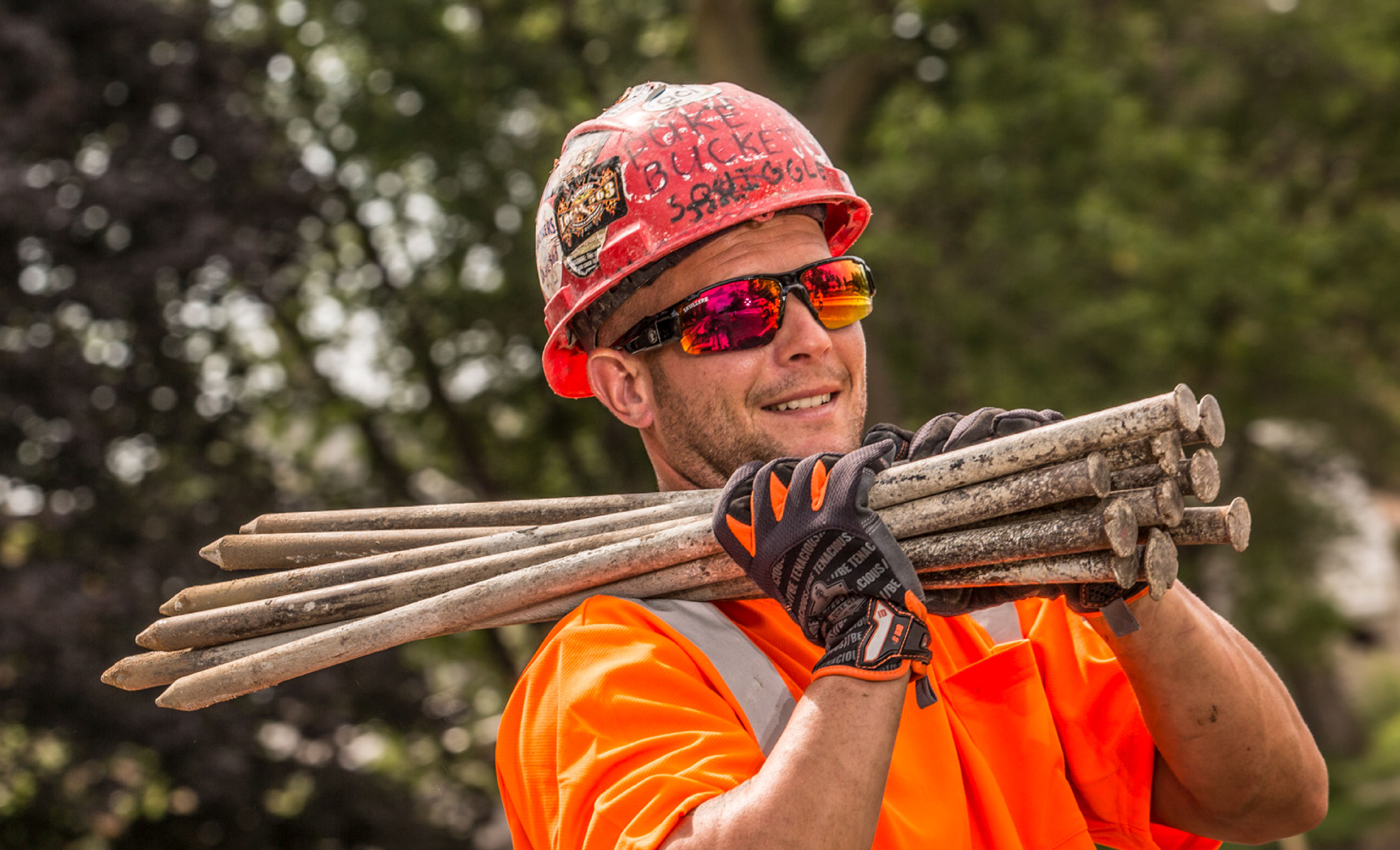
Why Are Hard Hats Important?
Gary Govanus spoke to the Chicago Tribune in 2019 about the importance of his hard hat and PPE when working. Gary was working on an aircraft that was having mechanical issues. A mechanical issue jammed the plane’s flaps, forcing him and his colleagues to carry items and tools on and off the plane by hand. There was a three-foot gap between the plane and the truck.
At the end of the day, Govanus misstepped between the aircraft and the ramp and fell 30 feet onto the concrete tarmac. Fortunately for him, he was wearing a large jacket and a hard hat.
“I was wearing a hard hat and that heavy jacket. The hard hat kept me alive. The jacket prevented further injury to my shoulders and arms. I came away with two compressed vertebrae and two broken wrists. I was blessed,” Govanus tells the Chicago Tribune.
His hard hat saved his life.
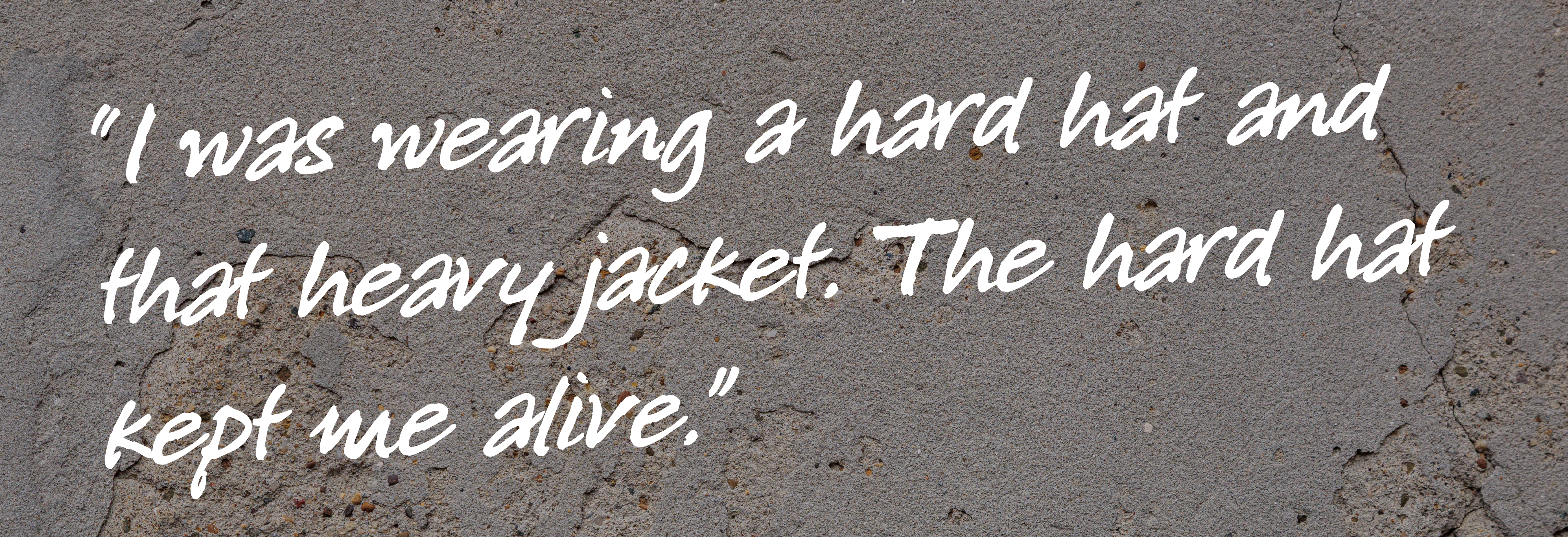
Hard hats must meet strict safety standards in order to be approved for use on jobsites. The most common standard is ANSI/ISEA Z89.1, which classifies them by impact protection and electrical resistance.
Hard hats can help protect you against the following:
Falling Objects
Hard hats are designed to provide crucial protection to workers from falling objects, such as tools, debris, construction materials or equipment that may accidentally drop from elevated work areas. In environments like construction sites, demolition zones or warehouses, workers are at risk of head injuries if these objects fall from scaffolding, ladders or rooftops. Hard hats absorb and distribute the impact of a falling object, significantly reducing the likelihood of serious injuries like skull fractures, concussions or even death. Some hard hats are equipped with additional features such as chin straps to keep them securely in place, further enhancing their protective capabilities.
Electrical Hazards
Certain types of hard hats are specifically designed to protect workers from electrical hazards, particularly in industries where workers may come into contact with live wires or electrical systems. These hard hats are made of insulating materials that help to reduce the risk of electrical shock. In cases where workers are exposed to high-voltage electrical equipment, hard hats with electrical insulation properties can prevent electrical current from traveling through the body if accidental contact occurs. This is critical in environments like electrical utilities or maintenance work, where workers are exposed to the risk of electrical accidents. Properly rated hard hats can significantly reduce the likelihood of fatal electrical injuries.
Impact Injuries
Hard hats provide protection against impact injuries that may occur due to slips, trips, and falls, as well as from low-hanging objects or overhead hazards. In work environments with uneven terrain, wet surfaces or high-traffic areas, workers may fall or trip, which can lead to head injuries if they hit the ground or nearby objects. Additionally, low-hanging hazards such as exposed beams, pipes or signage may pose a risk for workers who might bump into them while performing tasks. Hard hats are designed with impact resistance, helping to absorb the shock of a fall or collision with a hard surface or object, thus reducing the likelihood of traumatic brain injuries, lacerations or skull fractures.
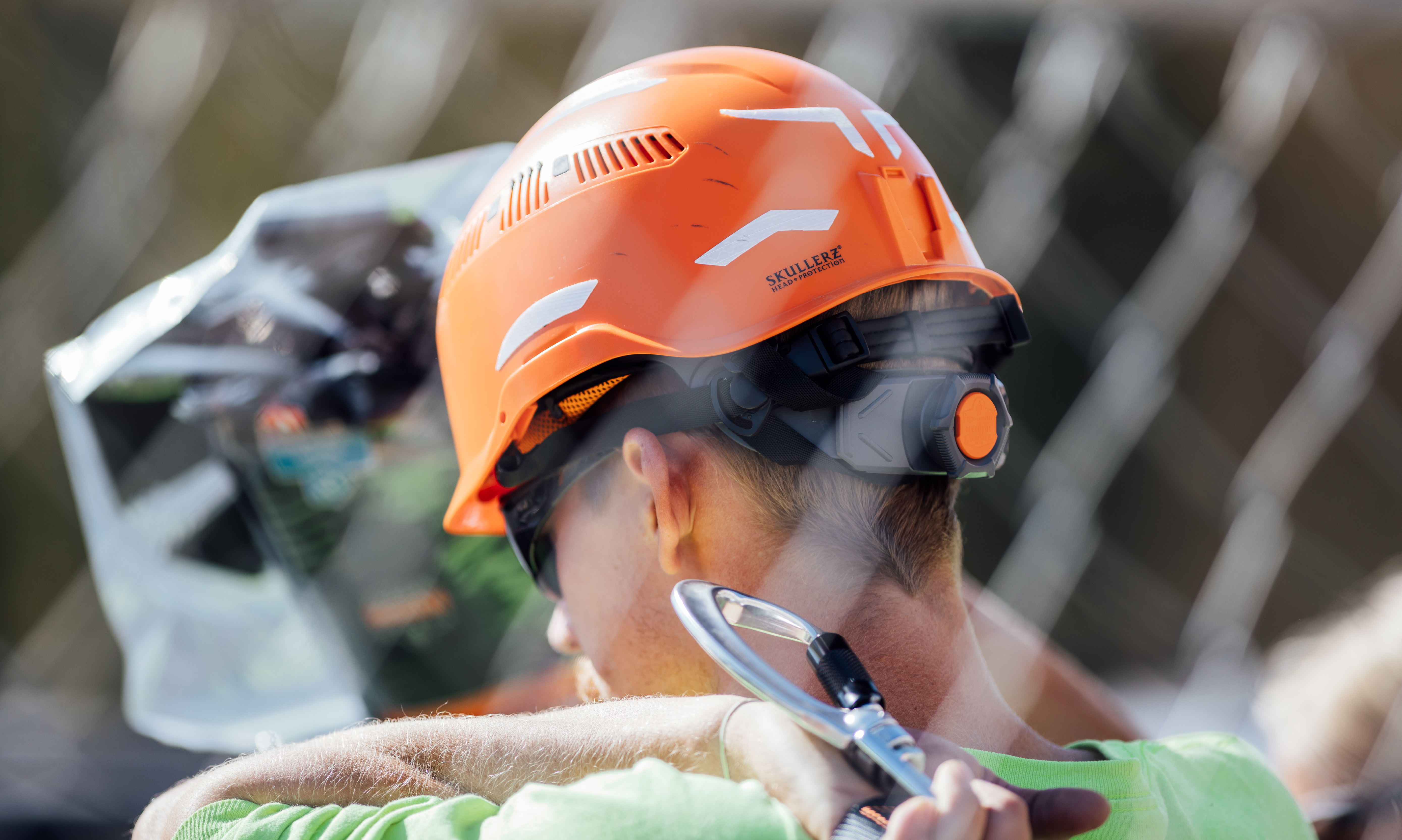
How to Inspect Your Hard Hat
Conducting a quick daily inspection before each use ensures your hard hat is in top condition.
Here’s what to look for:
- Check the Exterior Shell: Look for cracks, dents, punctures or deep scratches that may weaken the structure. Signs of UV damage (brittleness, fading, chalky appearance) indicate degradation and signal that the hat needs to be replaced.
- Examine the Suspension System: Inspect straps and connectors for fraying, stretching or damage. Ensure the adjustment system is working and provides a snug fit around your head for optimal protection.
- Chin Strap (If Applicable): Verify it’s secure and free of tears or excessive wear.
- Fit and Stability: Your hard hat should sit level on your head and stay secure without excessive movement.
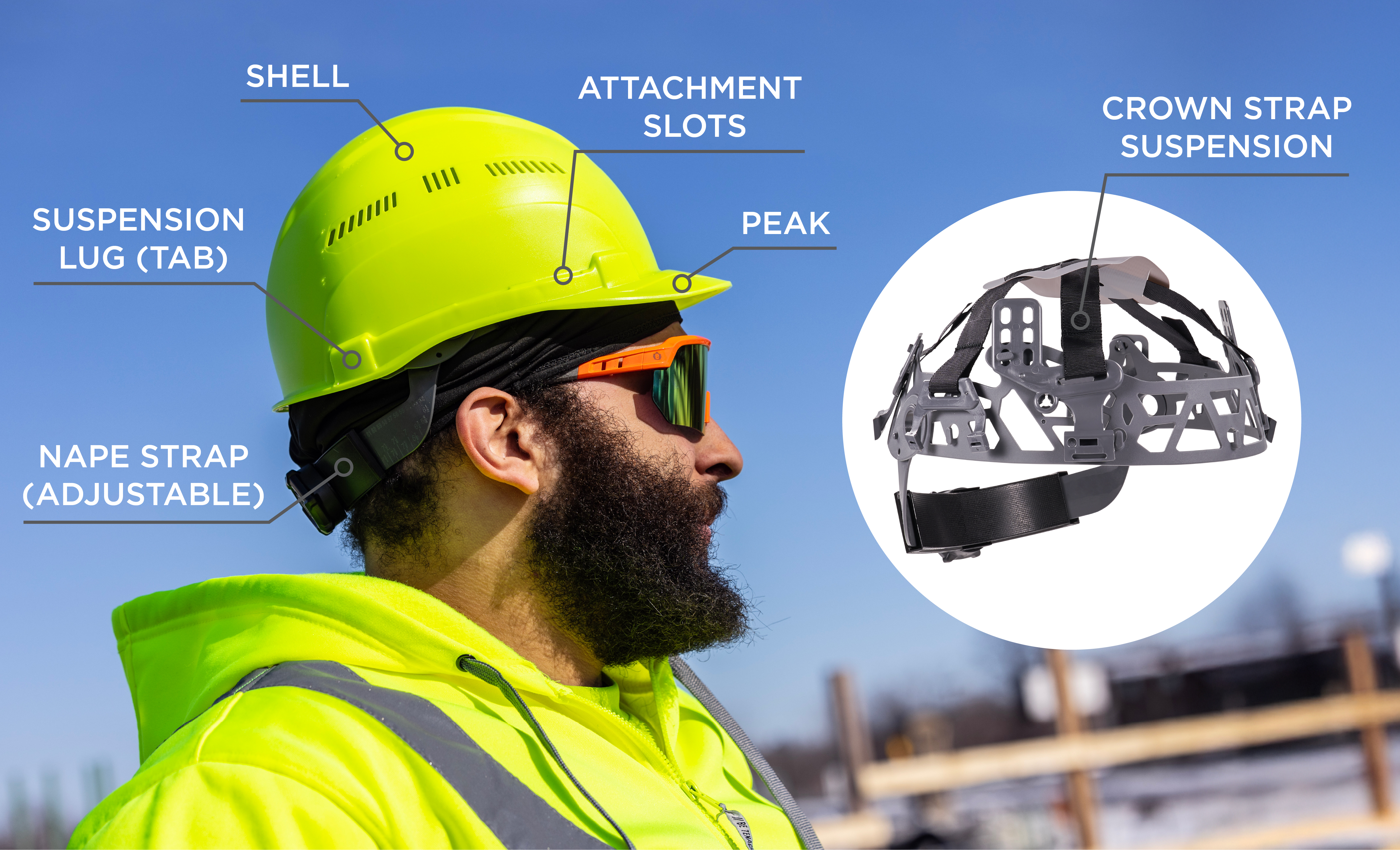
When It’s Time, It’s Time: When to Replace A Hard Hat
Hard hats don’t last forever—here are key signs it’s time for a new one:
- Visible Damage: Cracks, dents or punctures are a clear sign that it is time to replace your hard hat.
- Exposure to Extreme conditions: High heat, chemicals or UV damage deteriorate hard hats. If you, or your hard hat, have spent a lot of time in these compromising conditions, consider replacing your hard hat.
- Impact Event: If your hard hat takes a hit, even if no damage is visible, replace it immediately.
- Manufacturer’s Expiration Date: Most hard hats have a recommended service life (often 5 years for the shell and 1 year for the suspension system). Learn more about hard hat expiration dates here. But a good rule of thumb; if it’s expired, get a new one. Right away.
Pro Tips for Hard Hat Maintenance
While it is incredibly important to inspect and replace your hard hats, there are ways to prolong the life of your head protection. Here are a couple tips to extend the life of your hard hat:
- Proper Storage: Keep your hard hat in a cool, dry place away from direct sunlight, extreme heat, and chemicals. Avoid leaving it on a dashboard or exposed to the elements when not in use.
- Cleaning Tips: Use mild soap and water to clean dirt and grime. Avoid harsh chemicals or solvents, which can weaken the shell.
- Be Cautious with Stickers and Paint: Stickers and paint can hide cracks or damage. If using stickers, keep them small and away from impact zones. Use manufacturer-approved paints if customization is needed.
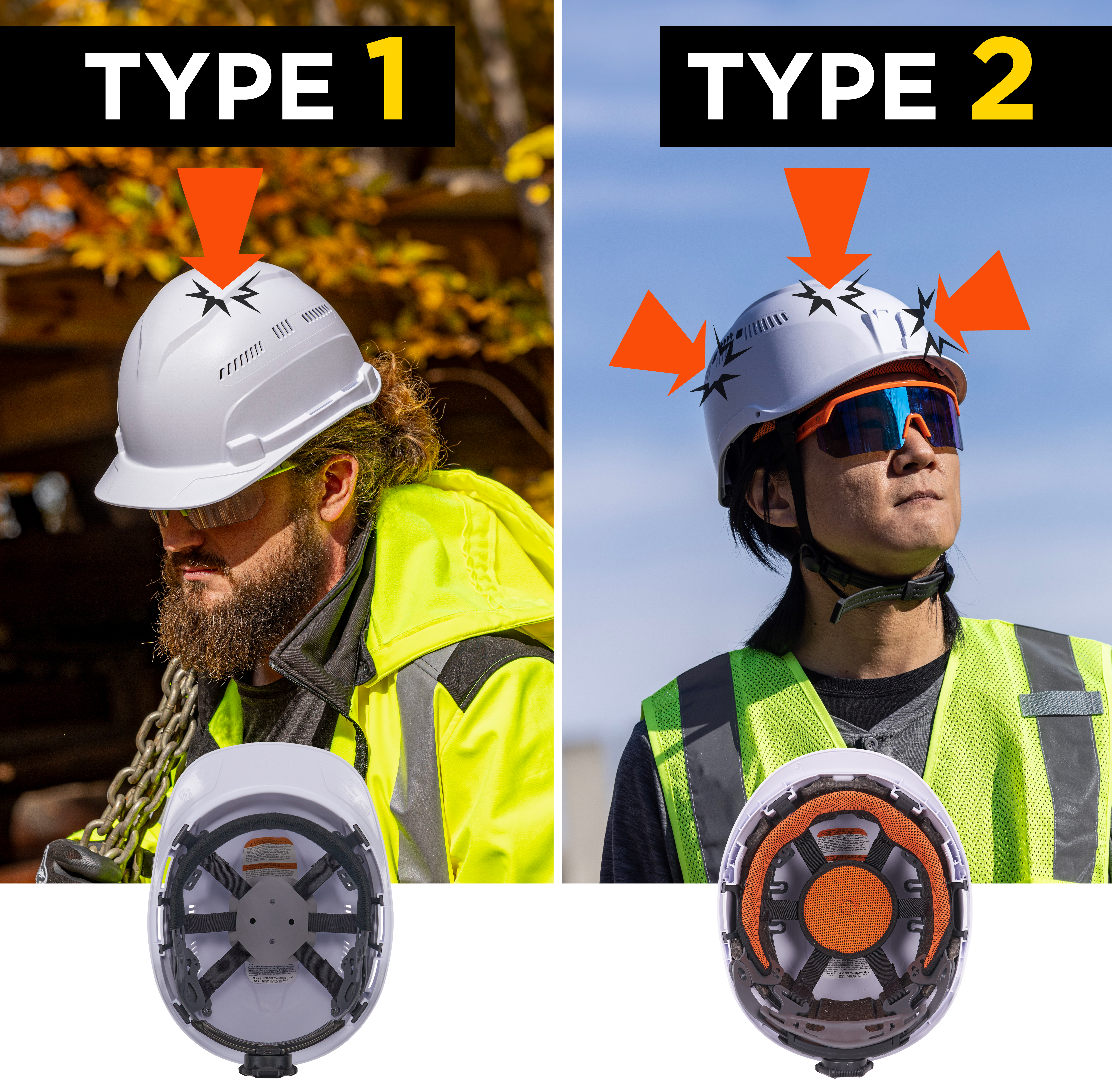
Common Myths About Hard Hats
Let’s bust some common misconceptions about hard hats so that we can all be informed consumers with the utmost protected heads:
- “Hard hats last forever.”
- False. They degrade over time, especially with exposure to sunlight and chemicals.
- “You can wear a hard hat backward.”
- Only if it’s manufacturer-approved. Some models are designed for reverse wear, but many are not.
- “A hard hat that looks fine is still safe.”
- Not necessarily. Even if there’s no visible damage, materials may weaken over time.
Conclusion
In the end, taking care of your hard hat is a simple but crucial step in protecting yourself on the job. Regular inspections, proper maintenance and timely replacements ensure your hard hat is always ready to do its job when you need it most.
Whether you're working at heights, dealing with electrical hazards or navigating tricky work conditions, a well-maintained hard hat and a commitment to hard hat upkeep gives you the protection you need to stay safe.
Check out Ergodyne’s full line of Hard Hats and Safety Helmets here, for the next time you need to replace your head protection.
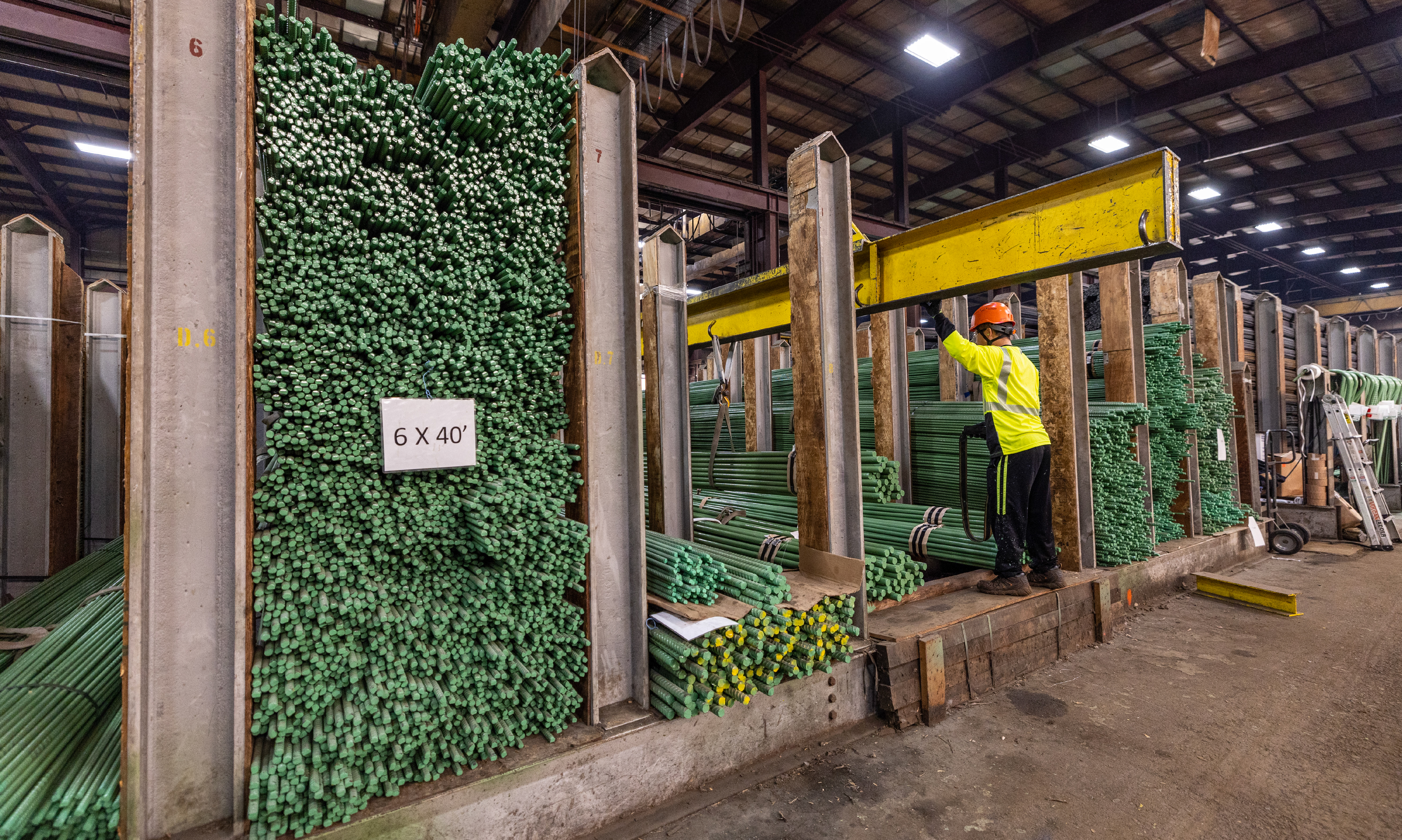
FAQ
To clean a hard hat:
- Remove the suspension (if possible) for separate cleaning.
- Wash the shell using mild soap and warm water. Avoid strong chemicals or abrasives—they can weaken the material.
- Use a soft cloth or sponge to scrub dirt and grime gently.
- Rinse thoroughly with clean water.
- Air dry the shell and suspension completely before reassembling and using.
Important: Never use solvents, paint, or stickers not approved by the manufacturer—they can degrade the shell and compromise safety.
